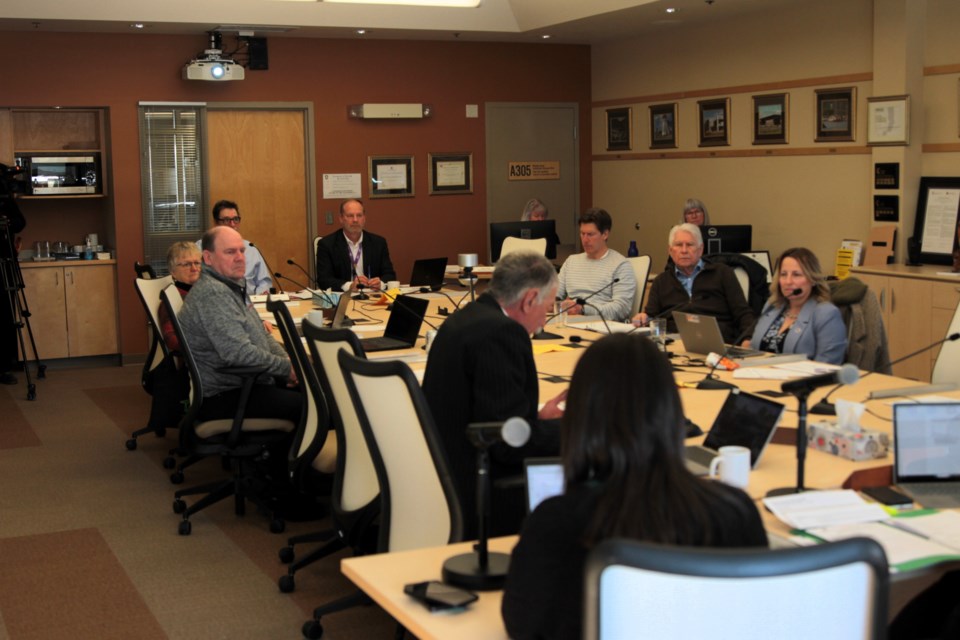THUNDER BAY – The province is providing the Thunder Bay District Social Services Administration Board (TBDSSAB) with $3.9 million to address homeless encampments, but has been denied funding to build affordable housing.
In December, the province made $50 million available to municipalities, through its Last Mile funding stream, and $20 million for Encampment Response Initiative (ERI).
Seizing the opportunity, the TBDSSAB applied for both.
In a letter from the Ministry of Municipal Affairs and Housing, the province said they had received 42 submissions totalling approximately $89 million, and a total funding request of approximately $76 million of ERI funding.
The Last Mile funding stream had 133 submissions totalling approximately $2.7 billion and approximately $550 million in funding requests.
TBDSSAB only received the ERI funding.
“We felt that that was a good investment or a good win for not only our DSSAB but for the response to homelessness in our community,” Ken Ranta, chief executive officer for the TBDSSAB, told Newswatch.
The TBDSSAB plans to put the ERI funding toward two projects: Grace Place’s expansion of their facility and the city’s temporary shelter village initiative.
Ranta said the TBDSSAB will provide $2.8 million to help the city cover some operational costs, but most of it will go to the capital cost for the shelter village.
The remaining $1.1 million will allow Grace Place to add additional spaces, including transitional spaces.
In October, council approved a human rights-based action plan, which included the construction of the temporary shelter village as an alternative to encampments. The infrastructure and construction budget cap of $5 million was drawn from the Renew Thunder Bay Reserve Fund with a tax-supported operating budget of $1.5 million.
City staff identified two potential sites: Kam River Heritage Park off Syndicate Avenue and a vacant lot at 114 Miles St. East.
However, after public backlash, council opposed those sites and asked administration to compile a complete list of potential sites across the city that fit in with the approved budgeted mandate.
“My understanding is that turning that around to council very quickly because they will then have to approve the next stages for the city, including sites and what the scope of the project will be based on the investment that's been provided both from the province and what they had set aside already,” said Ranta.
Ranta said in the last three years, TBDSSAB added approximately 190 new affordable housing units to its stock, but “more would be better.”
“We need housing in our communities, and although there are new housing units, new multi-unit apartment buildings, new homes being built, most of them don't focus on an affordable level of rent or accommodation, so that's where we come into try to fill the gap,” said Ranta.
During the board meeting, Mayor Ken Boshcoff commented Thunder Bay surpassed its housing targets last year, "hoping that it hasn't penalized" the city in any way in the eyes of the province.
Ranta said he is hoping that the province sees Thunder Bay's successes as a positive.
“I'm hoping the province sees the opposite, and that is the fact that if you give the District of Thunder Bay funds, we can deliver on it. We can provide housing. We can meet targets. We can achieve goals,” said Ranta.
“I think it's in everyone's interest to meet the provincial targets for new and, in this case, affordable housing. Although we have hit targets in Thunder Bay, will that mean that we are less apt? I'm hoping not.”
“The programs that the city of Thunder Bay has been provided funding over a number of years with a number of housing targets, and those targets escalate. So, where we achieve this year that there's a stretch goal for next year and following.”
Nevertheless, TBDSSAB does not just service Thunder Bay; they service 15 municipalities along the north shore, including Schreiber, Manitouwadge, and Greenstone.
“Greenstone is a good example to use because of the new employment up there related to the mine. There isn't housing enough to continually house all of the miners and contractors and other employees who've come to that area to help develop and work in the mine,” said Ranta.
“In many cases, if you're at the airport, you'll see it constantly. We have workers that fly in and out because they can't reside in the community or they're residing in a camp designed for the mine. If there is an opportunity to create more housing, more affordable housing, we want to be able to do that.”
Ranta said even without the Last Mile funding, the TBDSSAB is still moving forward with its strategic plan to build 50 to 60 affordable homes throughout the Thunder Bay District, but that is also dependent on provincial funding changes post-election.
